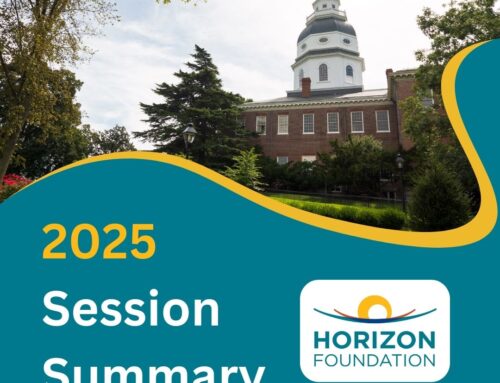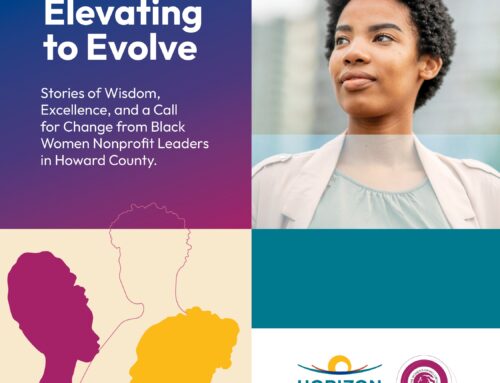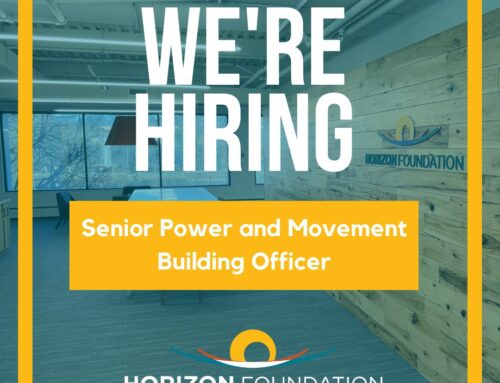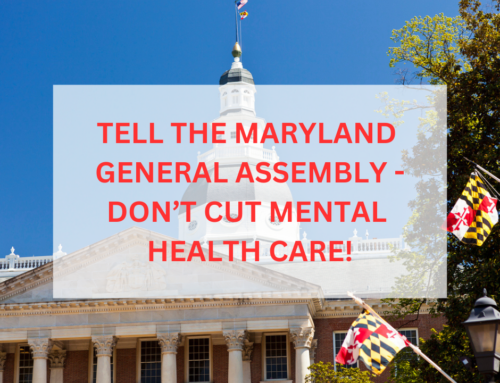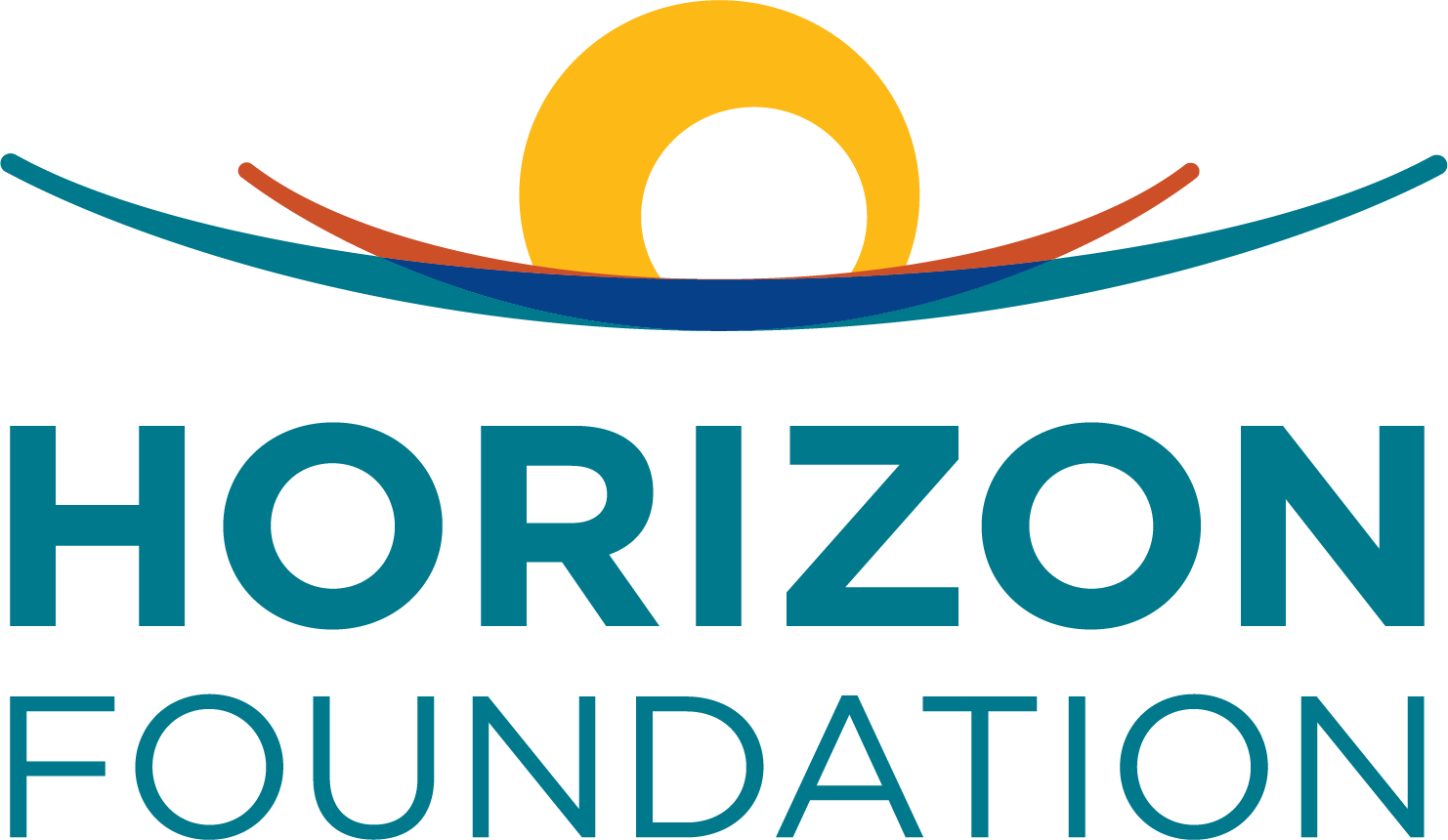Howard County needs better sidewalks, crosswalks, bus landing pads and paths so people can safely and comfortably walk anywhere they need to go. Research shows that improving a community’s walkability can improve public health, the environment and the local economy. It will also help us create a more equitable community where all people can get to where they need to go safely and easily, especially for those without access to a car or other transportation.
We appreciate all the great work by the County Executive and his administration to complete the Howard County Pedestrian Master Plan, known as WalkHoward. We fully support these efforts to create a more walkable Howard County and we appreciate the opportunity to provide input on the draft plan and that the administration was receptive to many of our suggestions.
In particular, we applaud the inclusion of a project prioritization process that will build sidewalks and pedestrian facilities that are safer and compliant with the American with Disabilities Act (ADA). This plan will also utilize the Vulnerable Populations Index (VPI) and performance measures included in the Complete Streets Policy (CR120-2019) that will yield greater coordination and accountability. We urge the County Administration to use these methods to implement pedestrian projects in areas like Guilford, Elkridge, Savage and Jessup, where upgrades to sidewalks, crosswalks, bus landing pads and paths have lagged for far too long.
As county officials operationalize this plan, we recommend they consider the following: add more robust performance metrics and a detailed action plan, publish a public report card to ensure accountability and conduct an internal analysis of the capacity to implement the overall plan. As we move forward, we urge the County Administration to take these measures into consideration.
Under the leadership of the County Executive and the County Council, we have witnessed historic investments in biking and walking over the last few years – and it is critical for that trend to continue, as executing WalkHoward will require significant investment and planned funding over the next several years. WalkHoward identifies 212 miles of sidewalks needing to be built, 32 miles of sidewalks needing to be repaired, and 621 intersections that need improvements. Out of 494 bus stops assessed in the plan, 78 percent need landing pads and 51 percent need pedestrian lighting. As the FY 2021 budget process continues, we hope to see a more robust investment in building and improving sidewalks, crosswalks and other projects to improve safety and connectivity for pedestrians.
We need the plan and the funding, but we also need to follow that with action. As is noted in WalkHoward, the 2007 Pedestrian Master Plan is largely unfinished. While we know bringing such a plan into reality takes a lot of time and money, if we are committing to adopting this Pedestrian Master Plan, we must commit to actually executing it, and in a timely fashion. We must make real, tangible changes that people can see and use, starting in neighborhoods that need it most.

